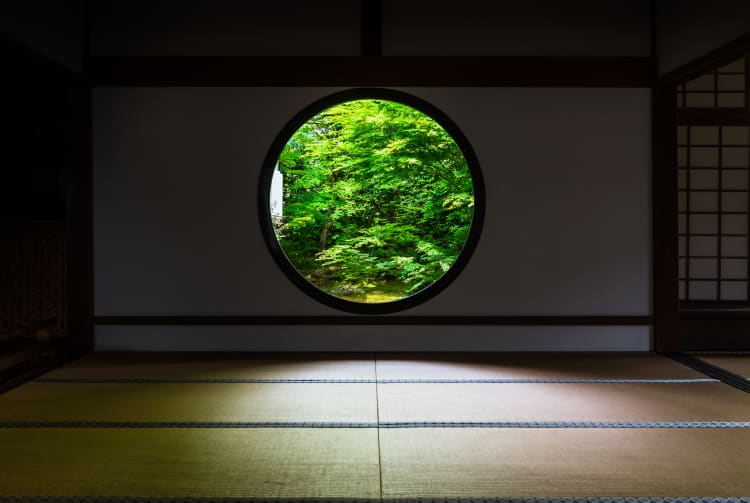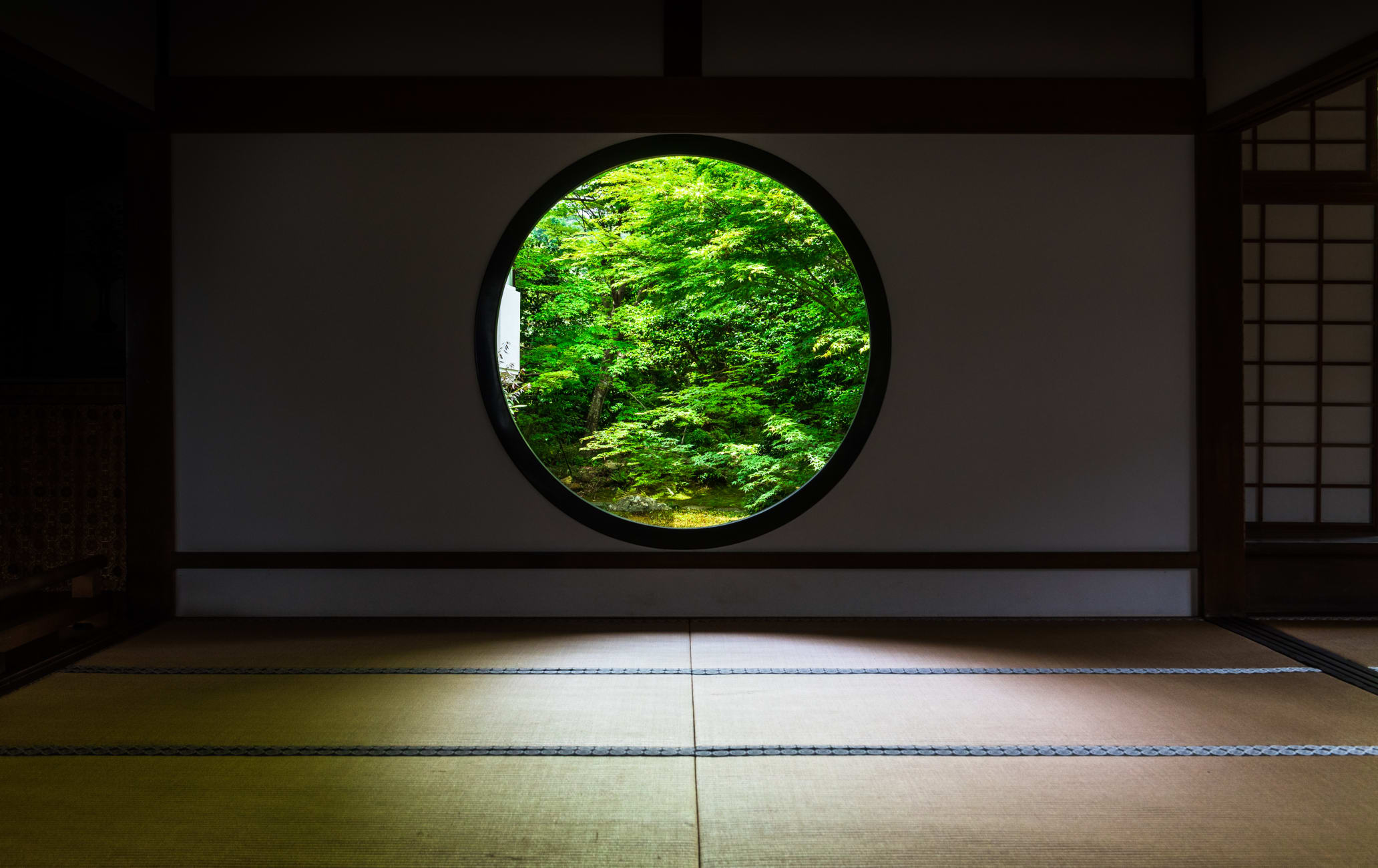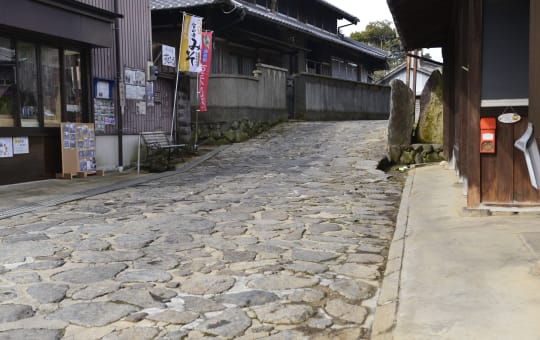Samurai honor, tragedy, and famous windows of philosophy
As you step into the grounds of Genkoan Temple, the beautiful harmony of color and light catches your eye. You may spot the bloodstained ceilings and the round windows, which are both eerie and beautiful, and have a story to tell.
How to Get There
Genkoan Temple is accessible by train and then bus.
You can take the Karasuma subway line from Kyoto Station to Kita-oji Station. From there, take a Kita 1 bus to the Takagamine Genkoan-mae bus stop. Genkoan is only a one-minute walk from the stop.
Quick Facts
The garden at Genkoan is considered one of the best views in Kyoto
Look for Yamaguchi Sekkei's ink painting on the sliding paper fusuma doors
The temple features bloody footprints dating to a tragic battle in 1600
Genkoan is a rare example of a temple changing its Buddhist affiliation and is known as Fukko Zenrin, or restored Zen temple
The flexibility of Zen
Originally established as a temple of the Daitokuji branch of the Rinzai sect of Zen Buddhism in 1346, Genkoan was turned into a temple of the Soto sect in 1694. Its present main hall was constructed at that time.
Blood-stained ceiling
The so-called "bloody ceiling" of the main hall was made using floorboards from the disassembled Fushimi Castle, which in 1600 was besieged by enemies of the soon-to-be shogun, Tokugawa Ieyasu.
The defenders held the castle just long enough to delay the enemy's passage to the impending Battle of Sekigahara, which consolidated Tokugawa's power and brought unity to Japan after 150 years of civil war.
The blood of these men was shed all over the floor of the castle, which was later installed as the ceiling boards of five temples in the Kyoto area, as a means of honoring these samurai and appeasing their souls.
Inspired gardening
The garden is composed of tidily arranged flagstones, plants and stone lanterns, and it was designed so that its overall appearance changes with the movement of sunlight from morning to sunset.
The maple trees in the garden turn red at different times throughout the autumn, playing with the very concept of time, and allowing visitors to enjoy them for an extended period.
Windows of wisdom
The temple is also famous for two large windows. One is round and is called “The Window of Enlightenment,” expressing the complete wholeness of the universe. The square window is called “The Window of Confusion,” each corner representing one of the four human afflictions of life, old age, illness, and death.
* The information on this page may be subject to change due to COVID-19.

































































